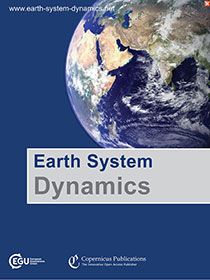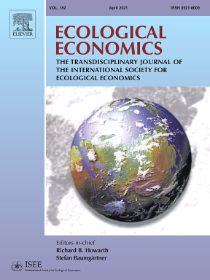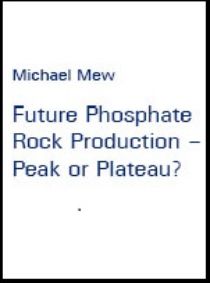Rare earth elements and uranium in Minjingu phosphate fertilizer products: Plant food for thought
Nils H Haneklaus, Dennis A Mwalongo, Jacob B Lisuma, Aloyce I Amasi, Jerome Mwimanzi, Tomislav Bituh, Jelena Ćirić, Jakub Nowak, Urszula Ryszko, Piotr Rusek, Ali Maged, Essaid Bilal, Hajar Bellefqih, Khaoula Qamouche, Jamal Ait Brahim, Redouane Beniazza, Hamid Mazouz, Elizabet M van der Merwe, Wayne Truter, Hilda D Kyomuhimbo, Hendrik Brink, Gerald Steiner, Martin Bertau, Raghav S Soni, Ashwin W Patwardhan, Pushpito K Ghosh, Thomas T Kivevele, Kelvin M Mtei, Stanisław Wacławek
Erschienen in Resources, Conservation and Recycling, 2024/8/1, 207
Minjingu phosphate ore is Tanzania’s sole domestic supply of phosphorus (P). The ore contains medium to high concentrations of naturally occurring P2O5 (20–35 %) and relevant concentrations of uranium and rare earth elements (REEs) are also suspected to be present. Currently, neither uranium nor REEs are recovered. They either end up in mine tailings or are spread across agricultural soils with fertilizer products. This work provides a first systematic review of the uranium and REE concentrations that can be expected in the different layers of Minjingu phosphate ore, the way the ore is presently processed, as well as a discussion on alternative processing pathways with uranium/REE recovery. The study analyzed ten distinct Minjingu phosphate ore layers, four mine tailings, and five intermediate and final mineral fertilizer products from the Minjingu mine and processing plant located in northern Tanzania. The results confirm that the uranium concentrations and to a lesser degree, the REE concentrations are indeed elevated if compared to concentrations in other phosphate ores. The study does not identify a significant risk resulting from this. The development of techno-economic solutions for more comprehensive utilization of Minjingu ore is, however, strongly encouraged and suggestions on such processes are provided.
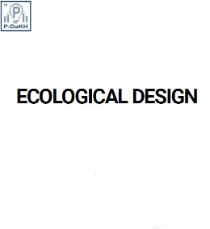
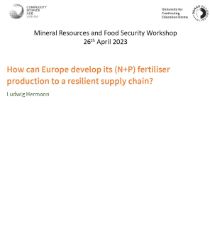
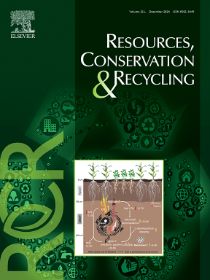
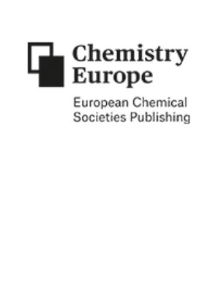
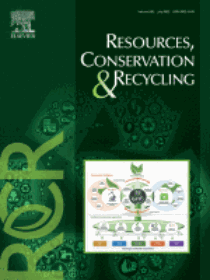
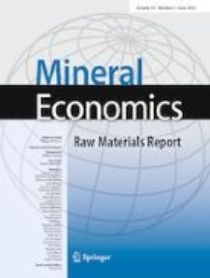
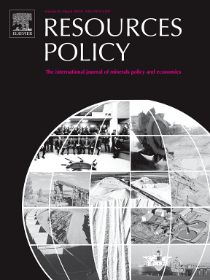
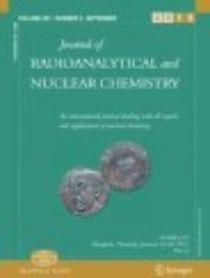
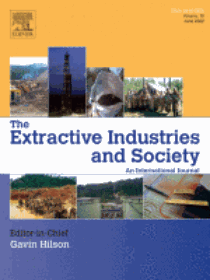
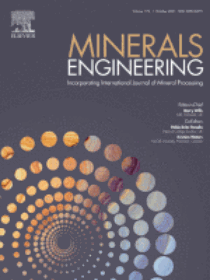
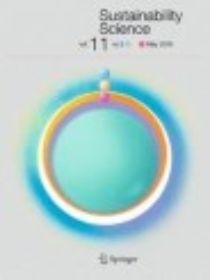
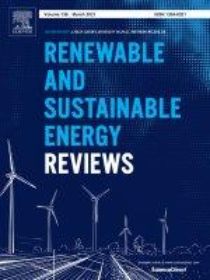
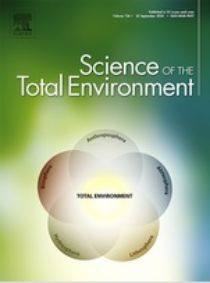
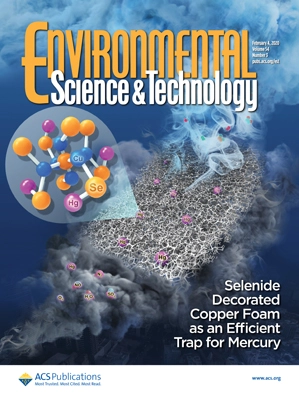
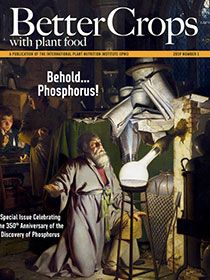
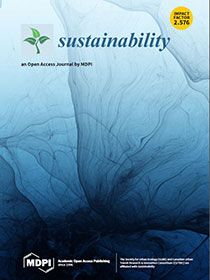
/Fakultät-für-Wirtschaft-und-Globalisierung/Sustainable-Mineral-Resources-Lab/Publikationen/Sustainable-Phosphorus-Management_Teaser.jpg/jcr:content/Sustainable%20Phosphorus%20Management_Teaser.jpg)
/Fakultät-für-Wirtschaft-und-Globalisierung/Sustainable-Mineral-Resources-Lab/Publikationen/Mineral-Economics_Teaser.jpg/jcr:content/Mineral%20Economics_Teaser.jpg)
/Fakultät-für-Wirtschaft-und-Globalisierung/Sustainable-Mineral-Resources-Lab/Publikationen/Resources_Conservation_Recycling_Teaser.jpg/jcr:content/Resources_Conservation_Recycling_Teaser.jpg)
